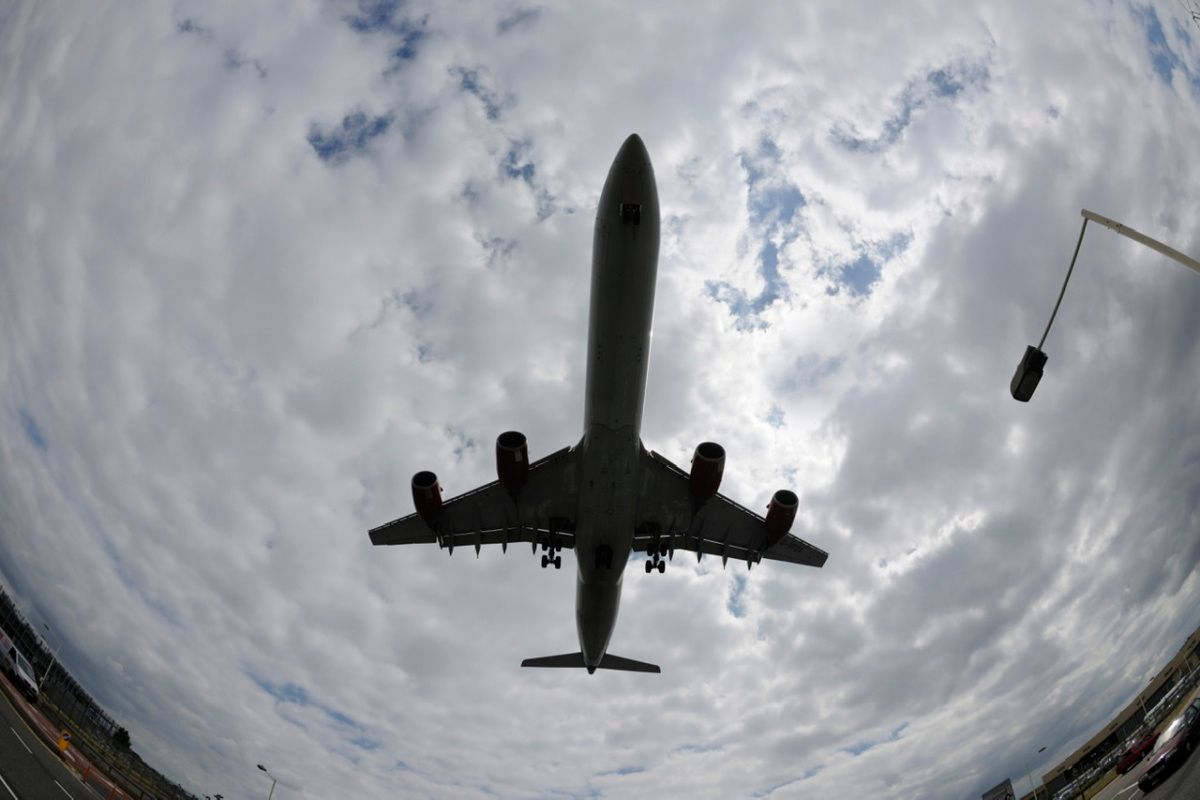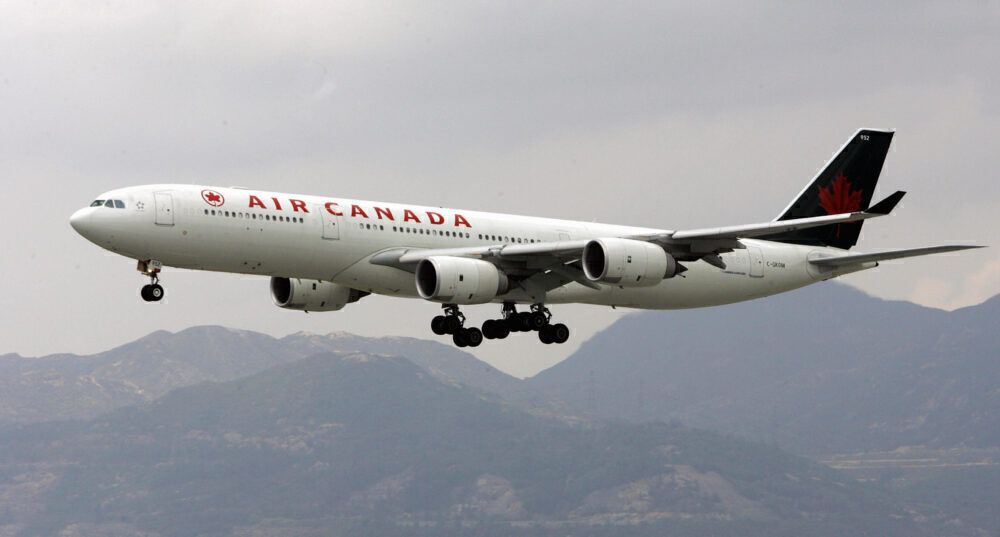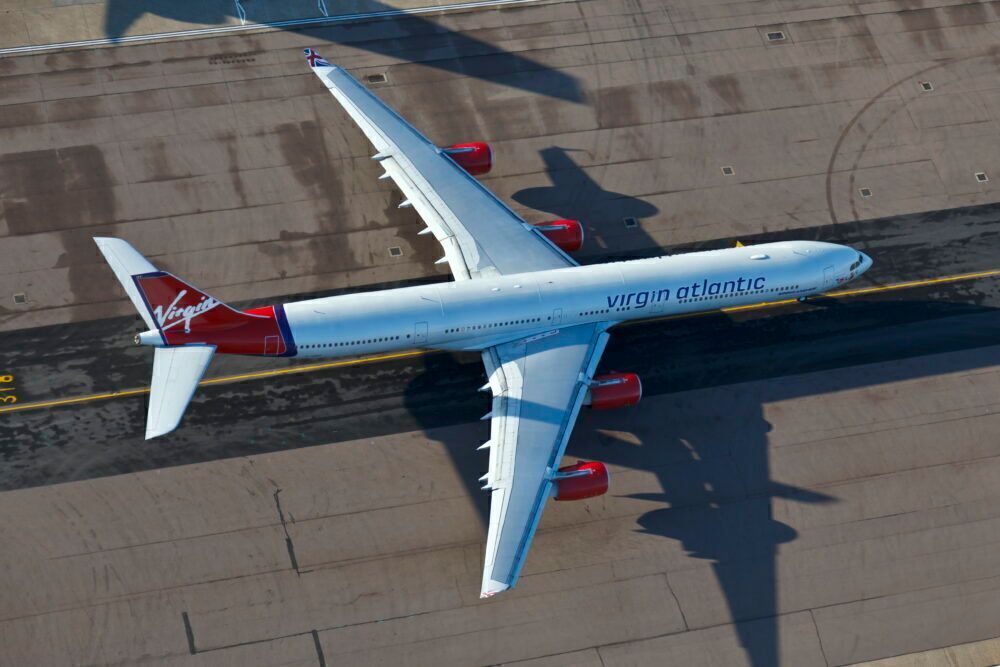At the Paris Air Show in June 1997, Airbus shared details about its Airbus A340-600 motives. Amid the excitement, it didn’t take long for Air Canada to order the plane. It was one of the first airlines to place an order for the variant, but it would cancel the deal approximately a decade later.
Grand prospects
During its reveal, the A340-600 was highlighted to transport up to 378 passengers, which was a significant figure as it was only 25 fewer than many variants of the Boeing 747. Air Canada was keen to take on new widebodies that year, ordering eight new A330s and A340s. These planes had a list price of $1.4 billion at the time, which is a figure approximate to $2.1 billion today.
According to The New York Times, the flag carrier of Canada had an option to take on extra planes, starting with five units split between A340-600s and A340-500. It also had options to acquire 10 additional planes from 2002.
Stay informed: Sign up for our daily and weekly aviation news digests.
Industry woes
A FlightGlobal report from July 2008 shares that Air Canada initially deferred the delivery of three -600s to 2004. This deferral was then extended to 2010. However, the carrier ended up canceling the whole order.
Notably, the 9/11 attacks shook up the aviation industry across the world. Even though the overall financial impact isn’t as considerable compared with the current crisis, for its time, the situation was tough, and numerous airlines struggled. Due to the challenges that carriers faced, there were several fleet reshuffles and strategy changes.
Air Canada’s approach shift can be noticed with its wider fleet. Several aircraft types had left the carrier in the years after 9/11. The McDonnell Douglas DC-9-30 and Bombardier CRJ100 were phased out of mainline operations in 2002. After that, Boeing 737-200 747-400, and 747-200M and Fokker F28 Fellowship left in 2004. Moreover, the 767-200 left in 2008.
Most notably, Air Canada’s other A340 variants were also let go during this period. According to Planespotters.net, the A340-300 stopped service for the airline in November 2008. Two A340-500s also joined the company in the summer of 2004. However, both C-GKOL and C-GKOM left for Brazil’s TAM three years later, in November 2007.
A good call
Looking back, the decision to cancel the A340-600 was the right one. Gargantuan quadjets swiftly struggled to find a consistent place in aviation in the 2010s. Thus, several carriers have been rapidly phasing out the likes of the A340, A380, and 747 in preference of modern, twinjet options.
Today, most of the airlines that took on the A340-600 no longer operate the plane. Now, only a handful of major airlines fly it. Looking at Air Canada’s fleet strategy in recent years, the carrier may have found itself also retiring the aircraft sooner than later.
What are your thoughts about what happened with Air Canada’s Airbus A340-600 order? Would you have liked to see the airline operate this variant? Let us know what you think in the comment section.



